The Science Museum’s new Information Age gallery tells the tale of two centuries’ worth of technology
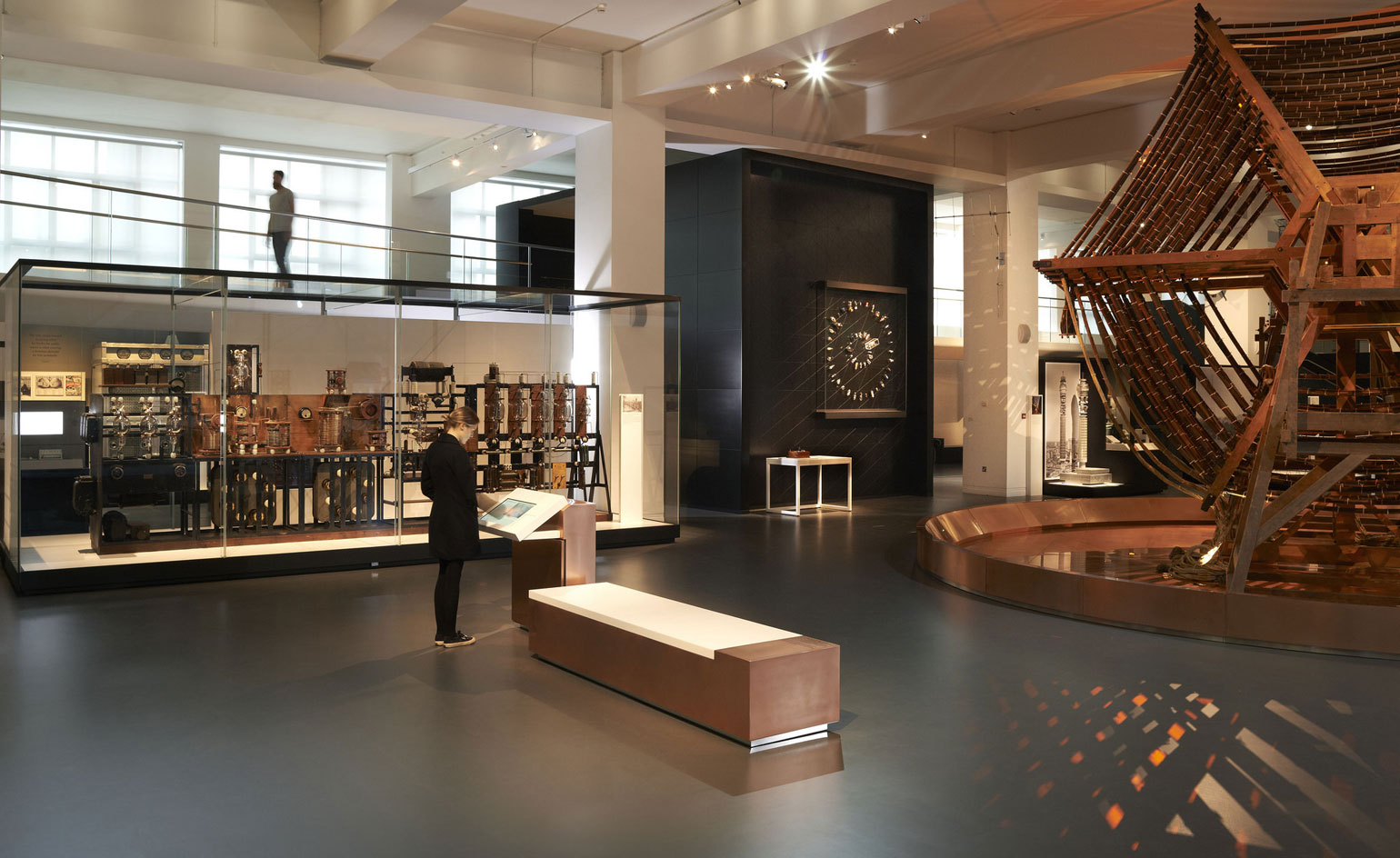
A new gallery is a big event for London's Science Museum. As one of the oldest purpose-built science museums in the world, its collection has long since outstripped its South Kensington site; barely five per cent of its holdings are on display at any one time. The rest lurks in two impressive store facilities, one in Blythe House in West London and the other in a group of hangars in Wiltshire.
The fast pace of technology and museology has made it hard to keep up, but this week saw the opening of one of the museum's most ambitious permanent galleries to date: 'Information Age: Six Networks That Changed Our World'. Housed in 2,500 sq m of space (the former shipping gallery), it's been designed by Universal Design Studio and houses some 800 objects from the copious collections.
'It's the most important architectural project the studio has done,' says Jay Osgerby, who along with Edward Barber set up the interiors offshoot of their award-winning studio BarberOsgerby. For the Universal Design Studio team, led by its director Jason Holley, the brief was far-reaching and demanding. For a start, the artefacts range massively in scope and scale, and the curatorial ambitions of the space had to tackle six interlinked stories of the technologies that - in most cases - continue to shape our daily lives.
First impressions are of a large, sober space, finished in grey, white and black, almost mimicking the blankness of consumer electronics - boxes that only spring to life when they're filled with current and the human interactions they were designed for. For designers and curators, the challenge has been to imbue each object with both the spirit of its age and the connections it created.
At the centre of the gallery are some of the star exhibits, arranged around the vast Rugby tuning coil, a vast and highly sculptural transmitter that one belched very low frequency transmissions to Britain's global submarine fleet. 'It almost looks medieval,' Barber notes, and it's not hard to see why this object is so appealing, especially to designers. Around it sit more major displays, from the BBC's first ever radio transmitter through to Alan Turing's first computer, a Soviet-era supercomputer and its American counterpart, the Control Data CDC 6600, and a spindly model of the Shukhov TV Tower in Moscow.
Alongside these sit great chunks of equipment, from telephone exchanges, through to recording studios, supercomputers, telegraph machines, GPS satellites, and cell towers, as well as quirkier individual objects - a mobile phone booth from West Africa, Tim Berners-Lee's NeXT cube desktop (the very machine on which the World Wide Web was created), a server rack from the early days of Google (complete with low budget chipboard insulation) and a Streetview bicycle (no prizes for guessing one of the key sponsors).
There are many interlocking stories to tell, but the gallery begins its story with the first transatlantic cable of 1858, a monumental engineering effort that lasted all of three weeks before it failed. A modern gallery also has to straddle the world of sacred objects in glass cabinets and the desire to touch, handle, operate and prod. Universal Design Studio has surmounted this with a new type of display cabinet, overlaid with a transparent touch screen and rich animated graphics.
The space is also anchored by four 'storyboxes' - interactive spaces filled with specially commissioned artworks about facets of the objects on display. 'There were fierce battles between certain curators about which objects were displayed,' Ed Barber admits, explaining how everything that was included had to have its own story.
The setting certainly accentuates the fetishistic beauty of old school computers, be they 8-bit home micros or the vast installations that clicked and whirred away in their Cold War bunkers, or the sheer complexity of everything from Lyons Electronic Office - the world's first dedicated business computer, created to run a network of tea rooms - to £7m worth of surplus communications satellite.
The gallery is a snapshot of two centuries and it would take many days to soak up in its entirety. Universal's calm, considered spaces are part installation, part homage to technology past, helping focus on the hidden systems we all take for granted. You'll certainly come away with a far greater respect for the power of the device in your pocket.
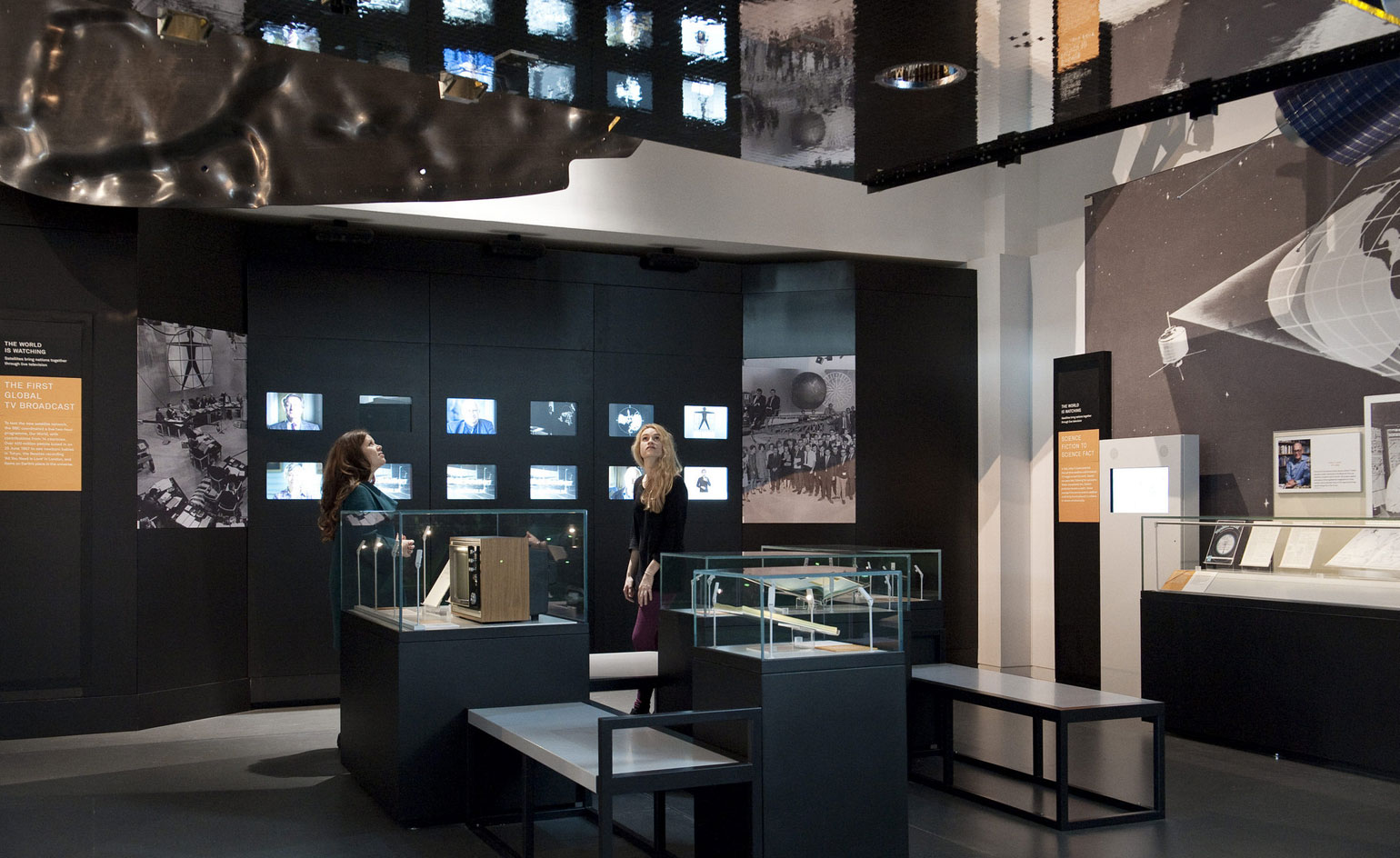
Housed in the museum's former shipping gallery, the 2,500 sq m space houses some 800 objects from the museum's copious collections. The inaugurating exhibition tackles six interlinked stories of technologies and the artefacts on show range in scope and scale. Courtesy of the Science Museum
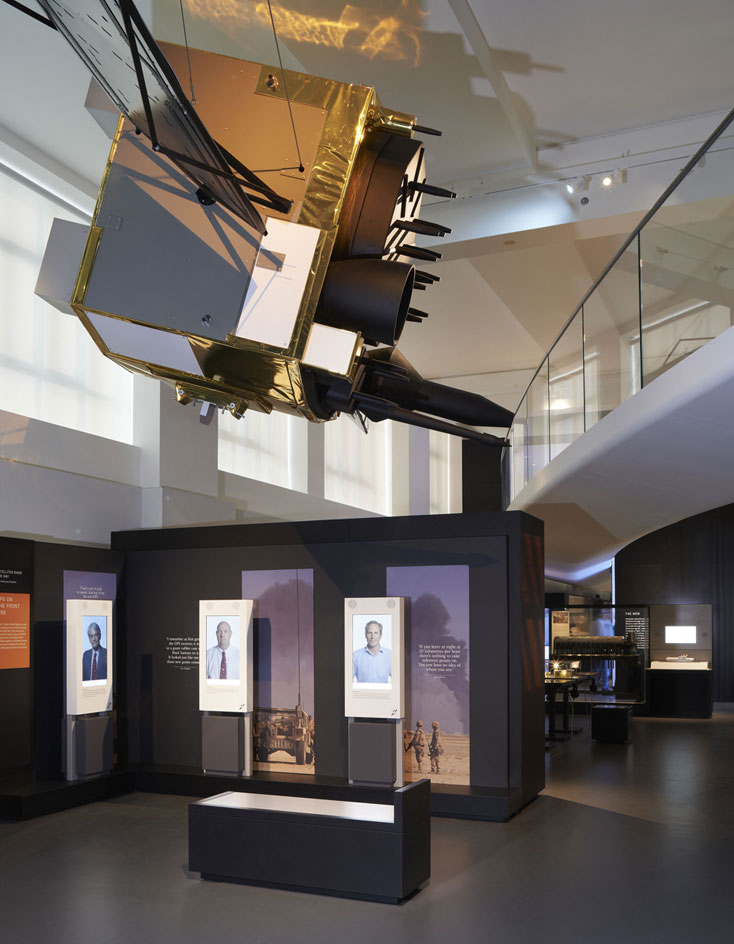
A modern gallery has to straddle the world of sacred objects in glass cabinets and the desire to touch, handle, operate and prod. Universal Design Studio has surmounted this with a new type of display cabinet, overlaid with a transparent touch screen and rich animated graphics.
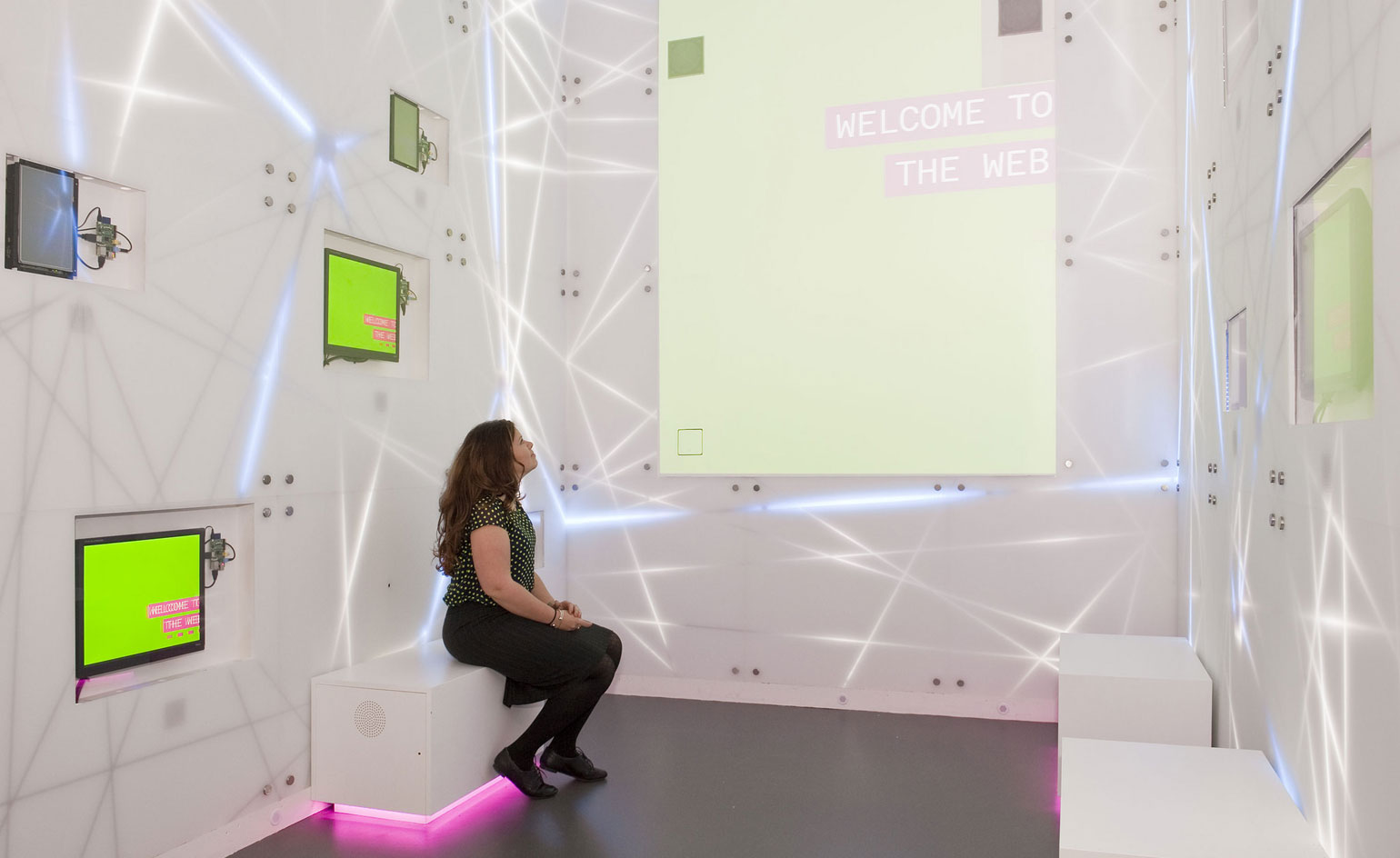
The space is anchored by six 'storyboxes' - interactive spaces filled with specially commissioned artworks about facets of the objects on display. Courtesy of the Science Museum
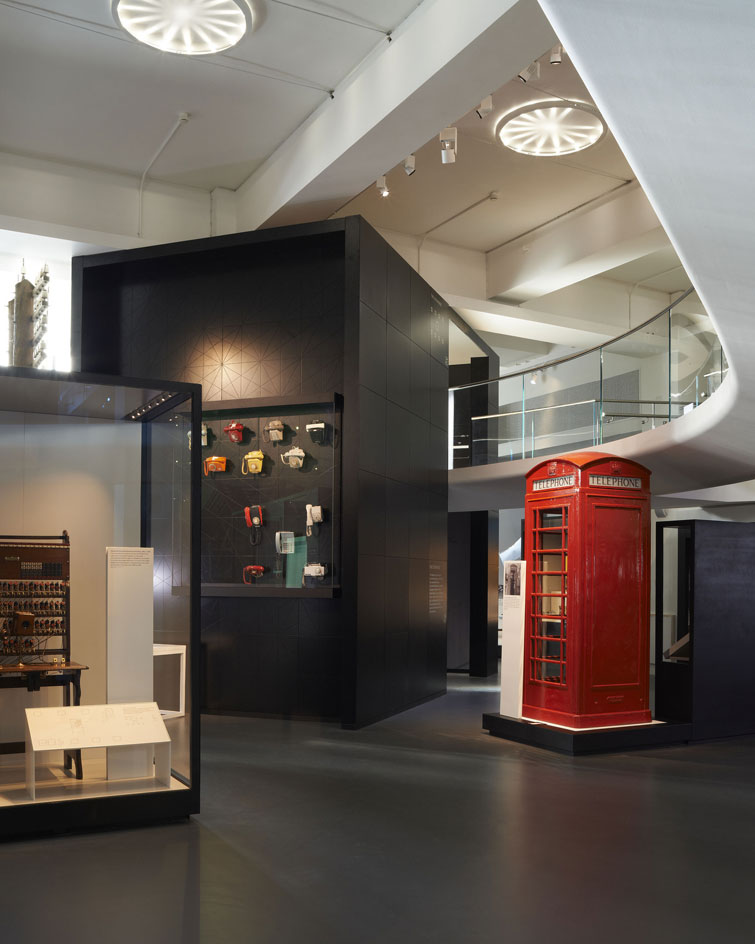
The Exchange Network at Information Age.
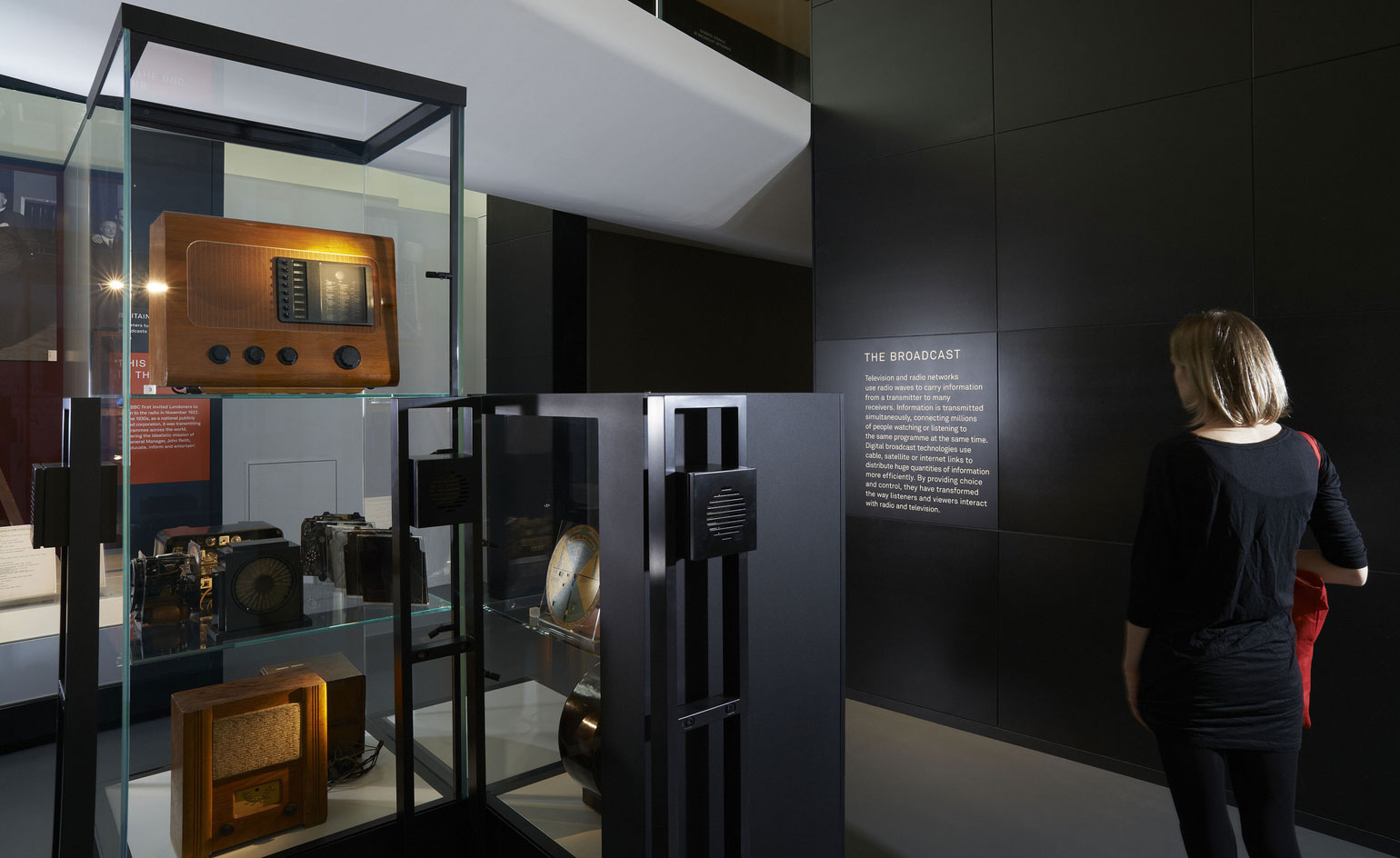
The gallery is a large sober space finished in grey, white and black, recalling the boxy design of consumer electronics.
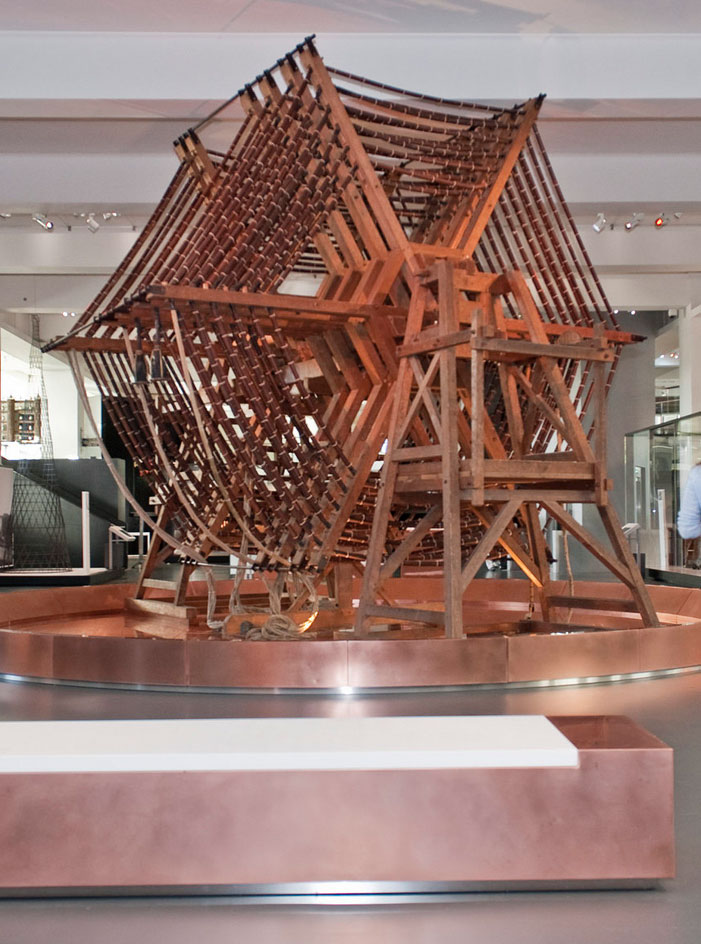
At the centre of the gallery are some of the star exhibits, arranged around the vast Rugby tuning coil, a vast and highly sculptural transmitter that one belched very low frequency transmissions to Britain's global submarine fleet. Courtesy of the Science Museum
Receive our daily digest of inspiration, escapism and design stories from around the world direct to your inbox.
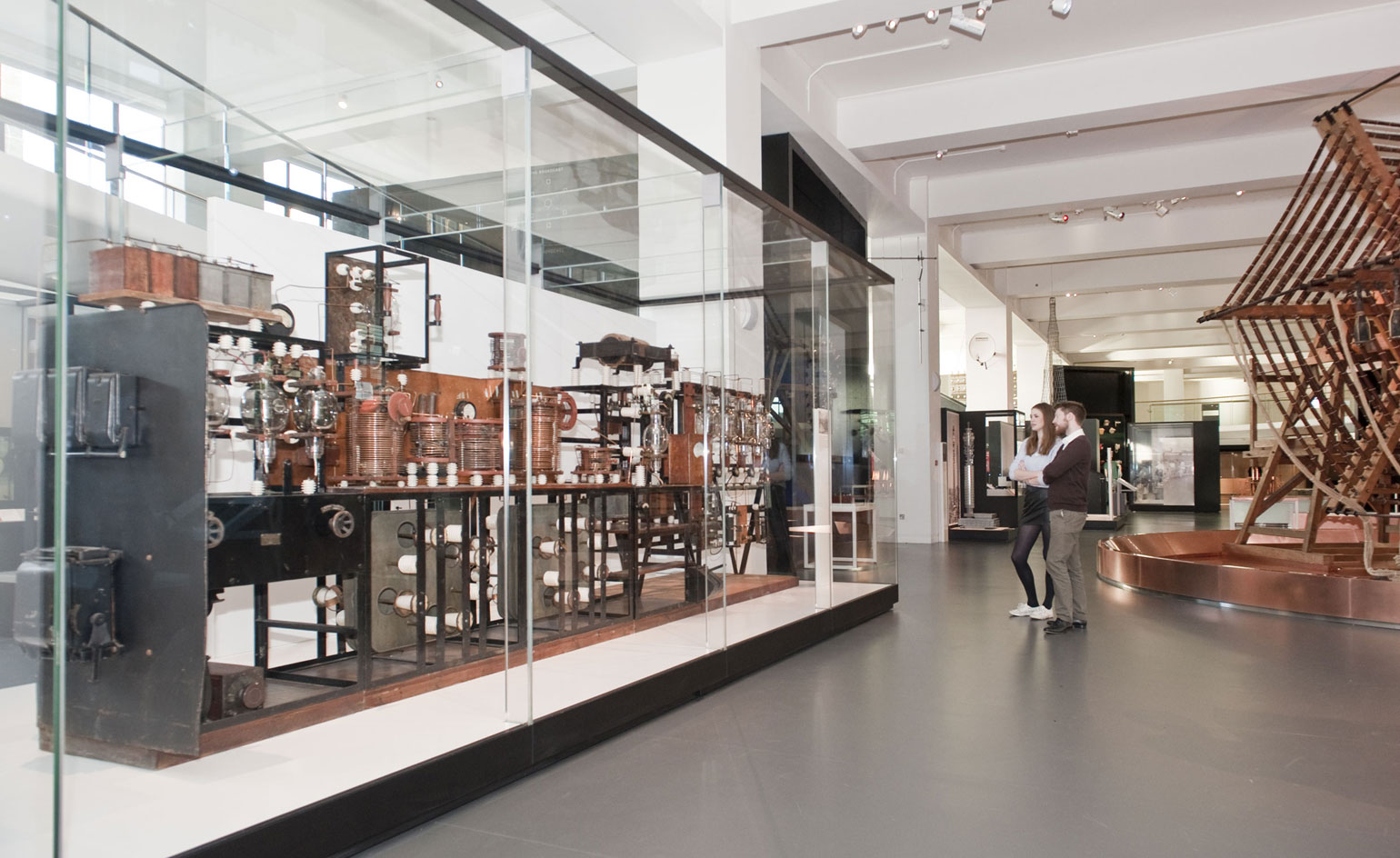
Around it sit more major displays, from the BBC's first ever radio transmitter (left) through to Alan Turing's Pilot ACE computer, a Soviet-era supercomputer. Courtesy of the Science Museum

Alongside these sit great chunks of equipment, from manual telephone exchanges...
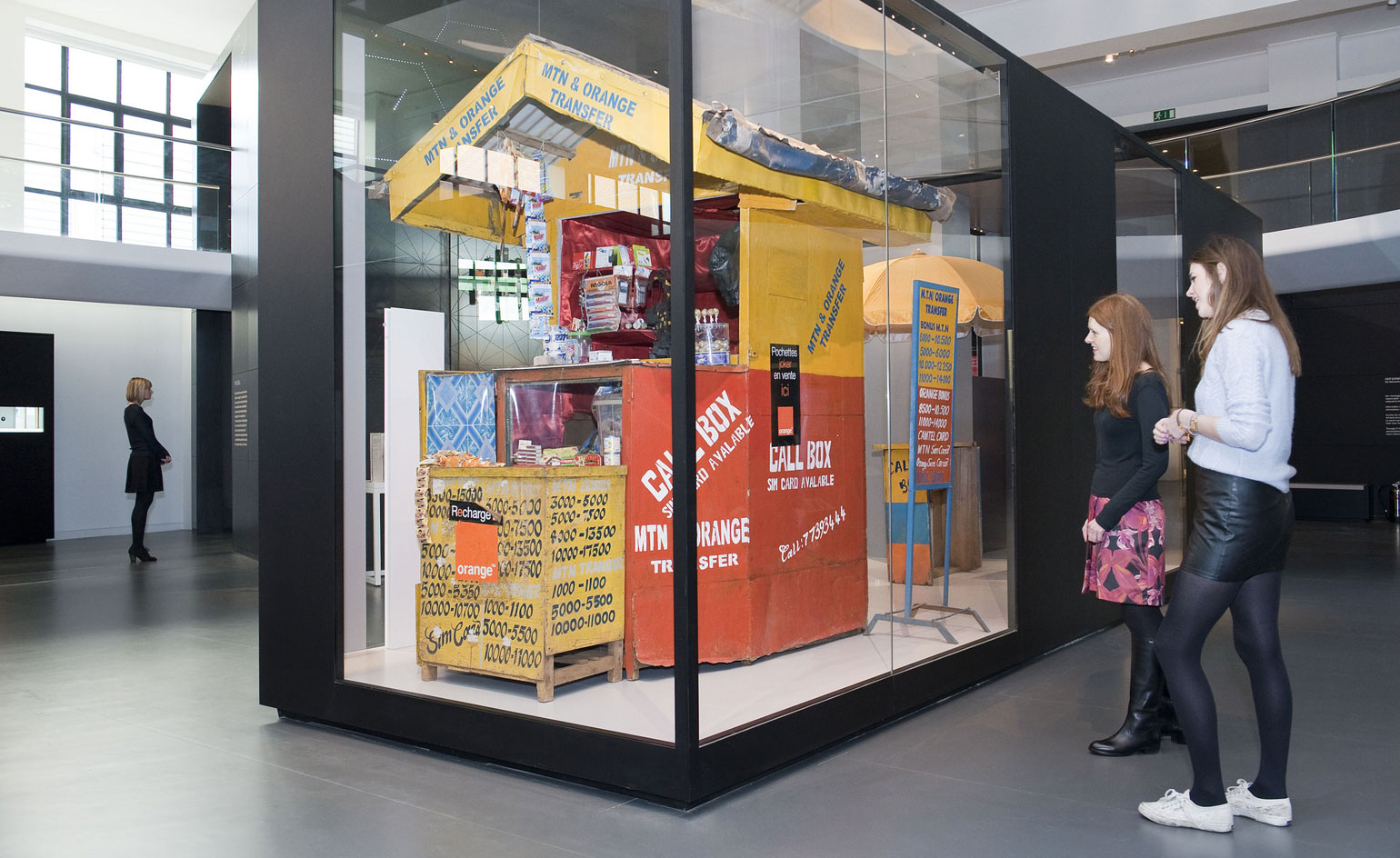
...through to recording studios, supercomputers, telegraph machines, GPS satellites, and cell towers, as well as quirkier individual objects such as a mobile phone booth from West Africa (pictured). Courtesy of the Science Museum
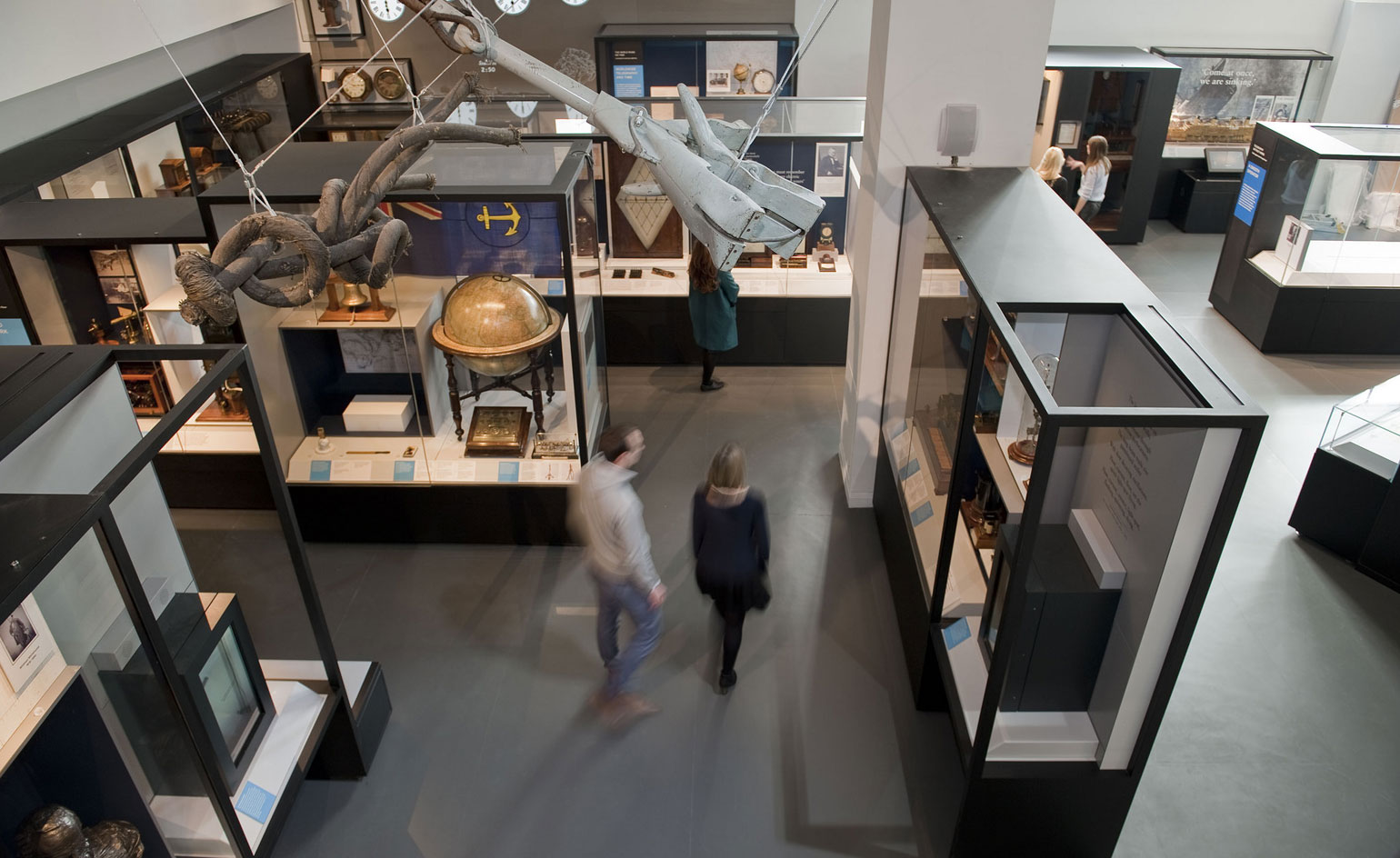
Universal's calm, considered spaces are part installation, part homage to technology past, helping focus on the hidden systems we all take for granted. Courtesy of the Science Museum
ADDRESS
Science Museum
Exhibition Rd
London SW7 2DD
Jonathan Bell has written for Wallpaper* magazine since 1999, covering everything from architecture and transport design to books, tech and graphic design. He is now the magazine’s Transport and Technology Editor. Jonathan has written and edited 15 books, including Concept Car Design, 21st Century House, and The New Modern House. He is also the host of Wallpaper’s first podcast.
-
 A tale of two Audis: the A5 saloon goes up against the A6 Avant e-tron
A tale of two Audis: the A5 saloon goes up against the A6 Avant e-tronIs the sun setting on Audi’s ICE era, or does the company’s e-tron technology still need to improve?
-
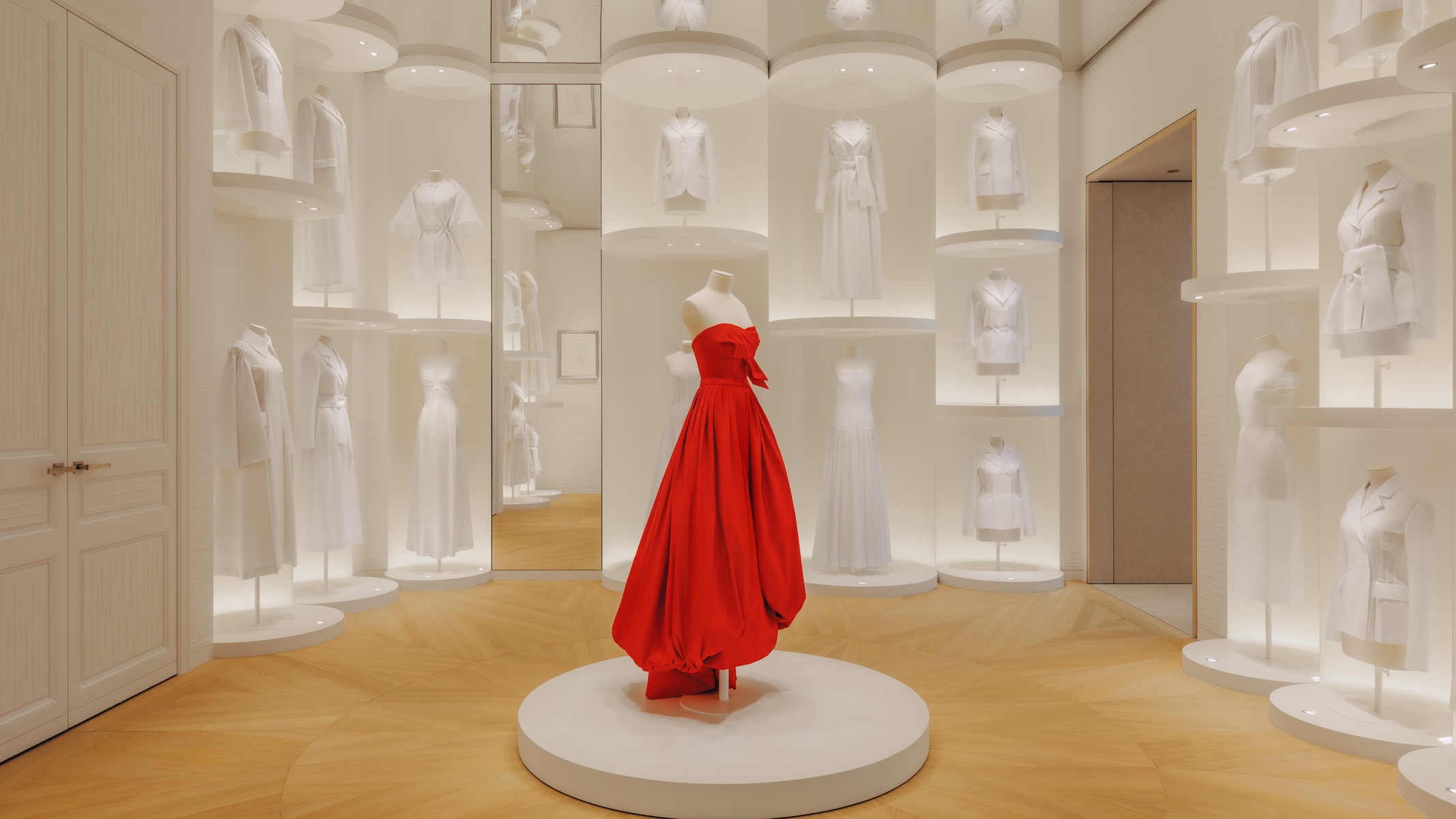 Inside Christian de Portzamparc’s showstopping House of Dior Beijing: ‘sculptural, structural, alive’
Inside Christian de Portzamparc’s showstopping House of Dior Beijing: ‘sculptural, structural, alive’Daven Wu travels to Beijing to discover Dior’s dramatic new store, a vast temple to fashion that translates haute couture into architectural form
-
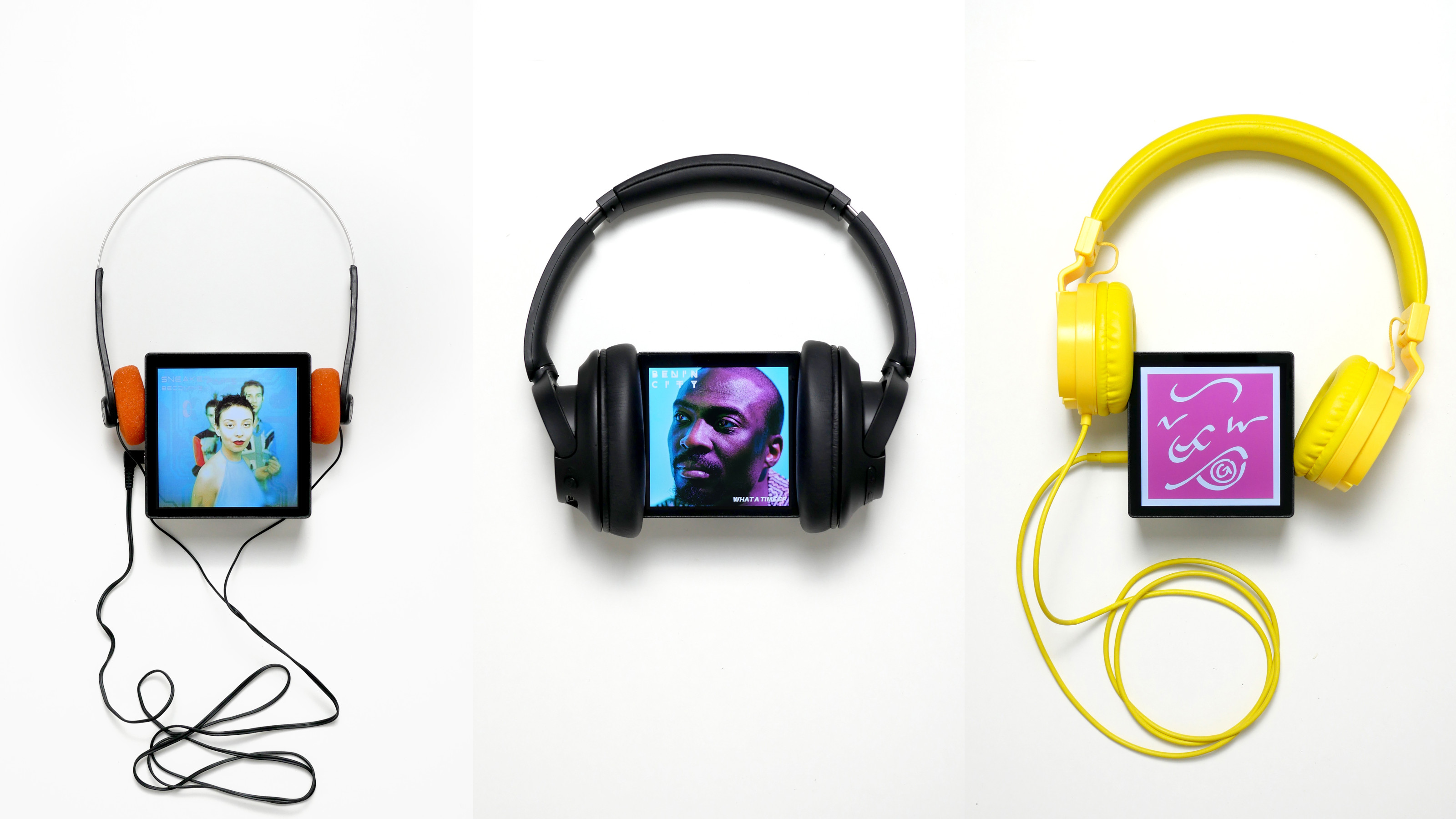 A music player for the mindful, Sleevenote shuns streaming in favour of focused listening
A music player for the mindful, Sleevenote shuns streaming in favour of focused listeningDevised by musician Tom Vek, Sleevenote is a new music player that places artist intent and the lost art of record collecting at the forefront of the experience
-
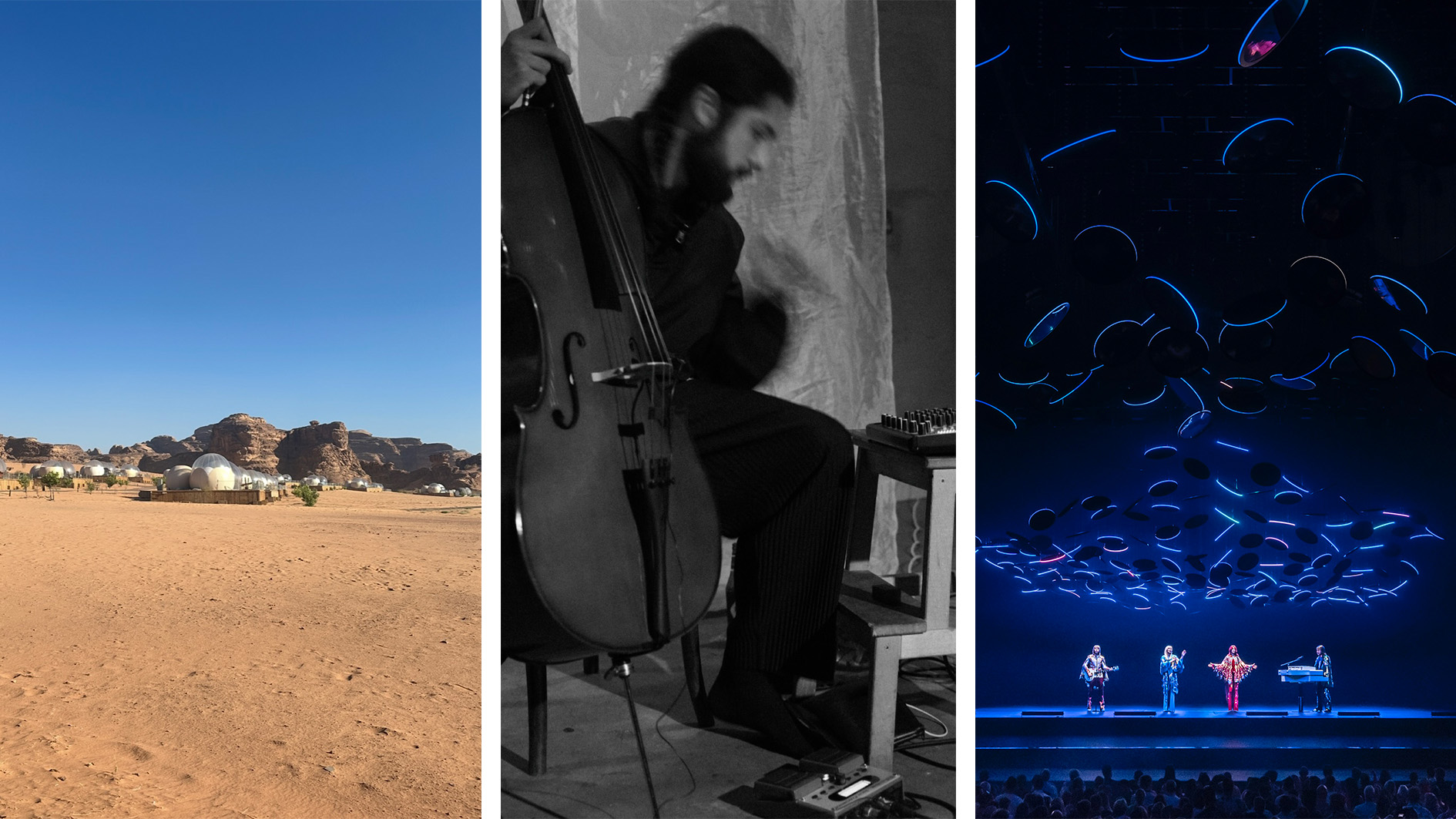 Out of office: what the Wallpaper* editors have been up to this week
Out of office: what the Wallpaper* editors have been up to this weekThis week saw the Wallpaper* team jet-setting to Jordan and New York; those of us left in London had to make do with being transported via the power of music at rooftop bars, live sets and hologram performances
-
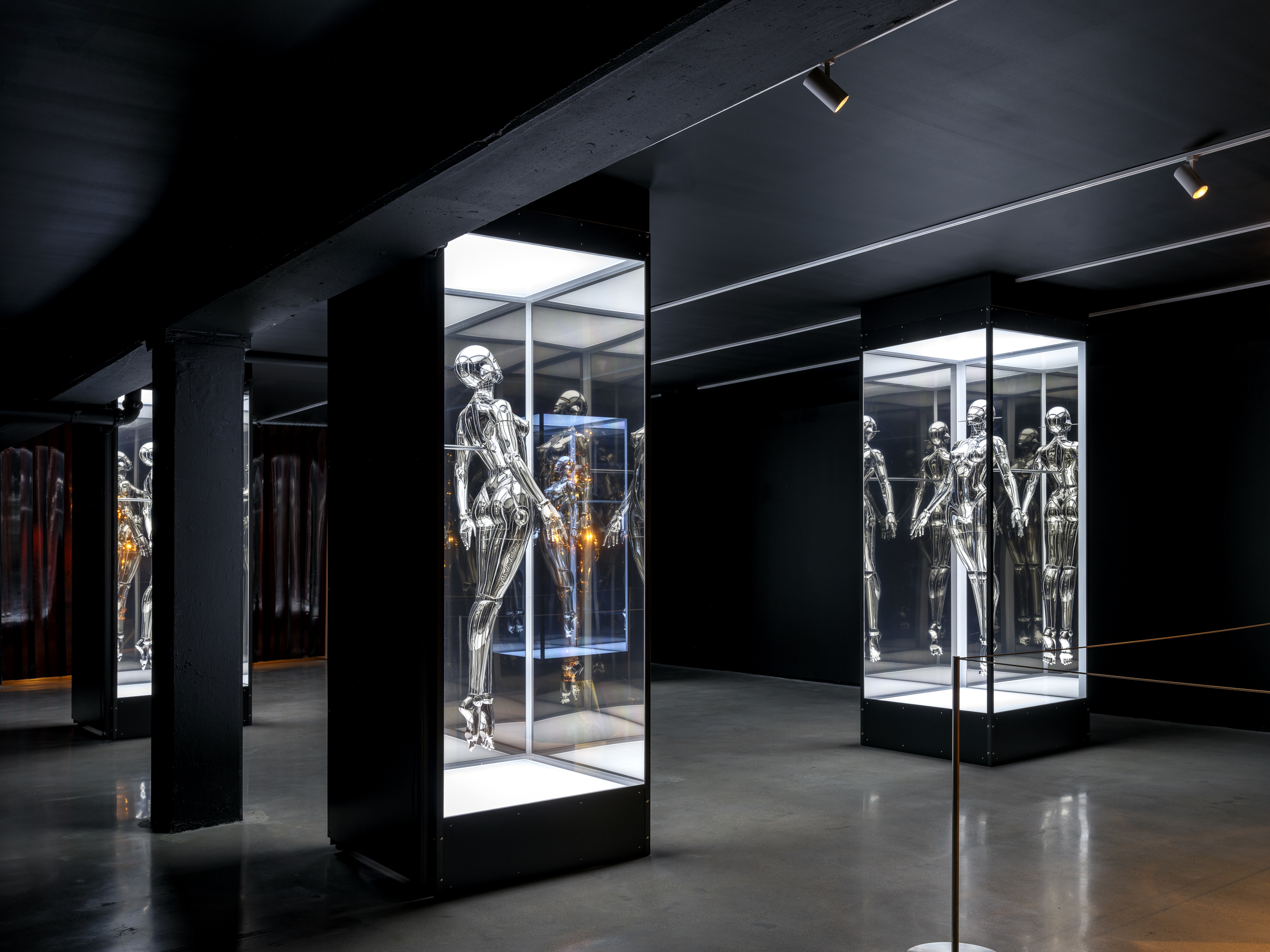 Miami’s new Museum of Sex is a beacon of open discourse
Miami’s new Museum of Sex is a beacon of open discourseThe Miami outpost of the cult New York destination opened last year, and continues its legacy of presenting and celebrating human sexuality
-
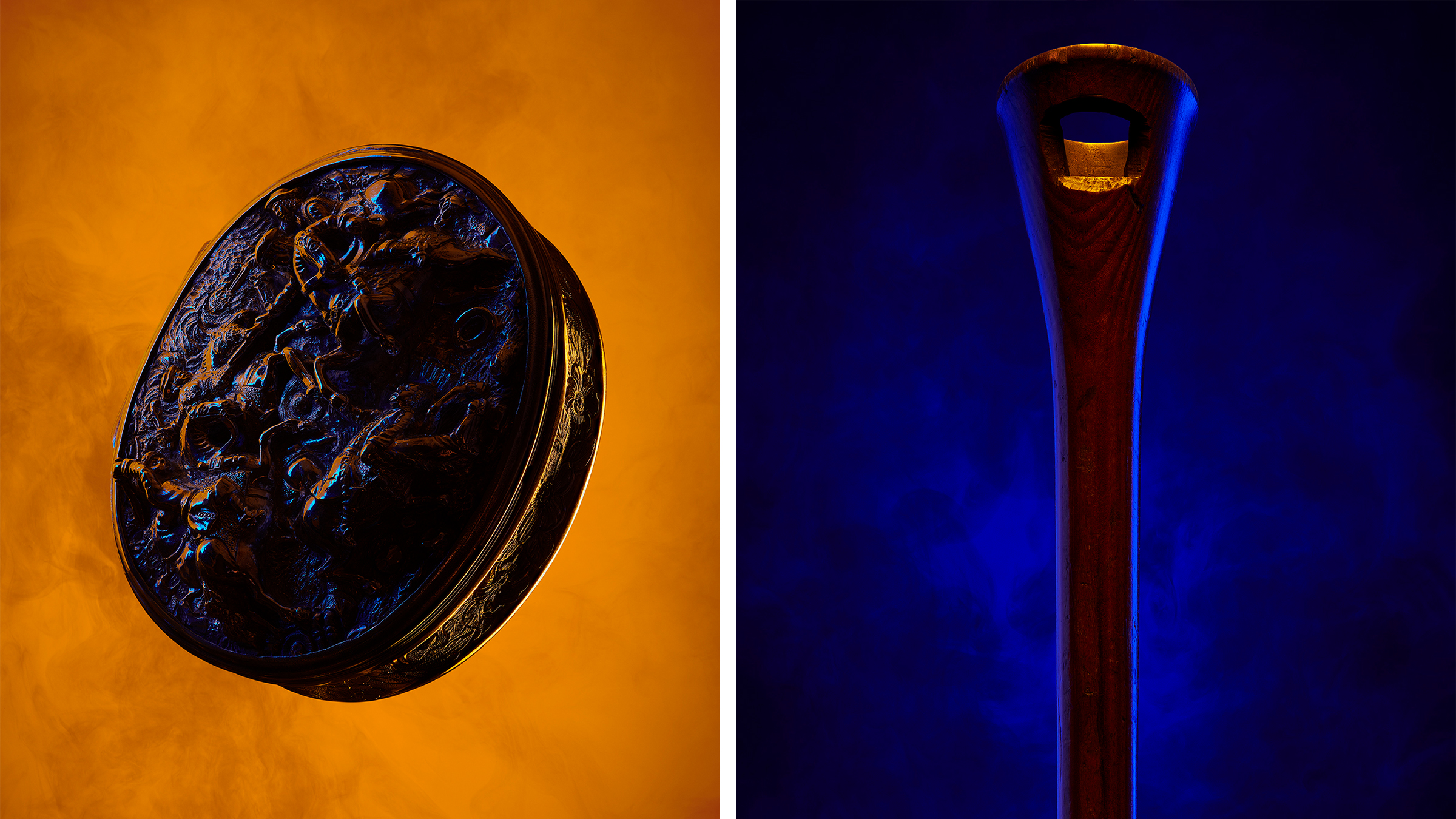 Royal College of Physicians Museum presents its archives in a glowing new light
Royal College of Physicians Museum presents its archives in a glowing new lightLondon photography exhibition ‘Unfamiliar’, at the Royal College of Physicians Museum (23 January – 28 July 2023), presents clinical tools as you’ve never seen them before
-
 Museum of Sex to open Miami outpost in spring 2023
Museum of Sex to open Miami outpost in spring 2023The Museum of Sex will expand with a new Miami outpost in spring 2023, housed in a former warehouse reimagined by Snøhetta and inaugurated with an exhibition by Hajime Sorayama
-
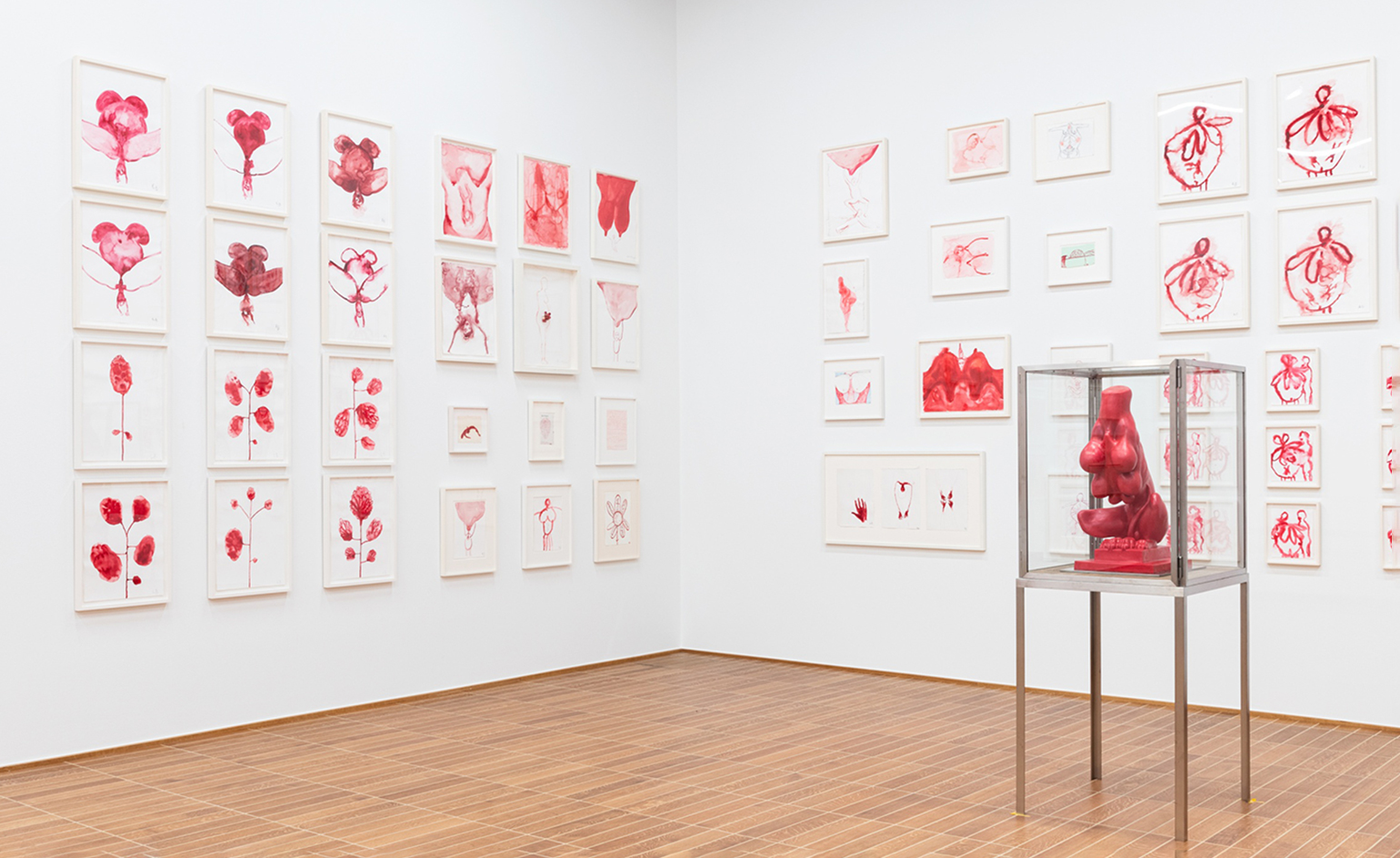 Jenny Holzer curates Louise Bourgeois: ‘She was infinite’
Jenny Holzer curates Louise Bourgeois: ‘She was infinite’The inimitable work of Louise Bourgeois is seen through the eyes of Jenny Holzer in this potent meeting of minds at Kunstmuseum Basel
-
 ‘A Show About Nothing’: group exhibition in Hangzhou celebrates emptiness
‘A Show About Nothing’: group exhibition in Hangzhou celebrates emptinessThe inaugural exhibition at new Hangzhou cultural centre By Art Matters explores ‘nothingness’ through 30 local and international artists, including Maurizio Cattelan, Ghislaine Leung, Hiroshi Sugimoto, Liu Guoqiang and Yoko Ono
-
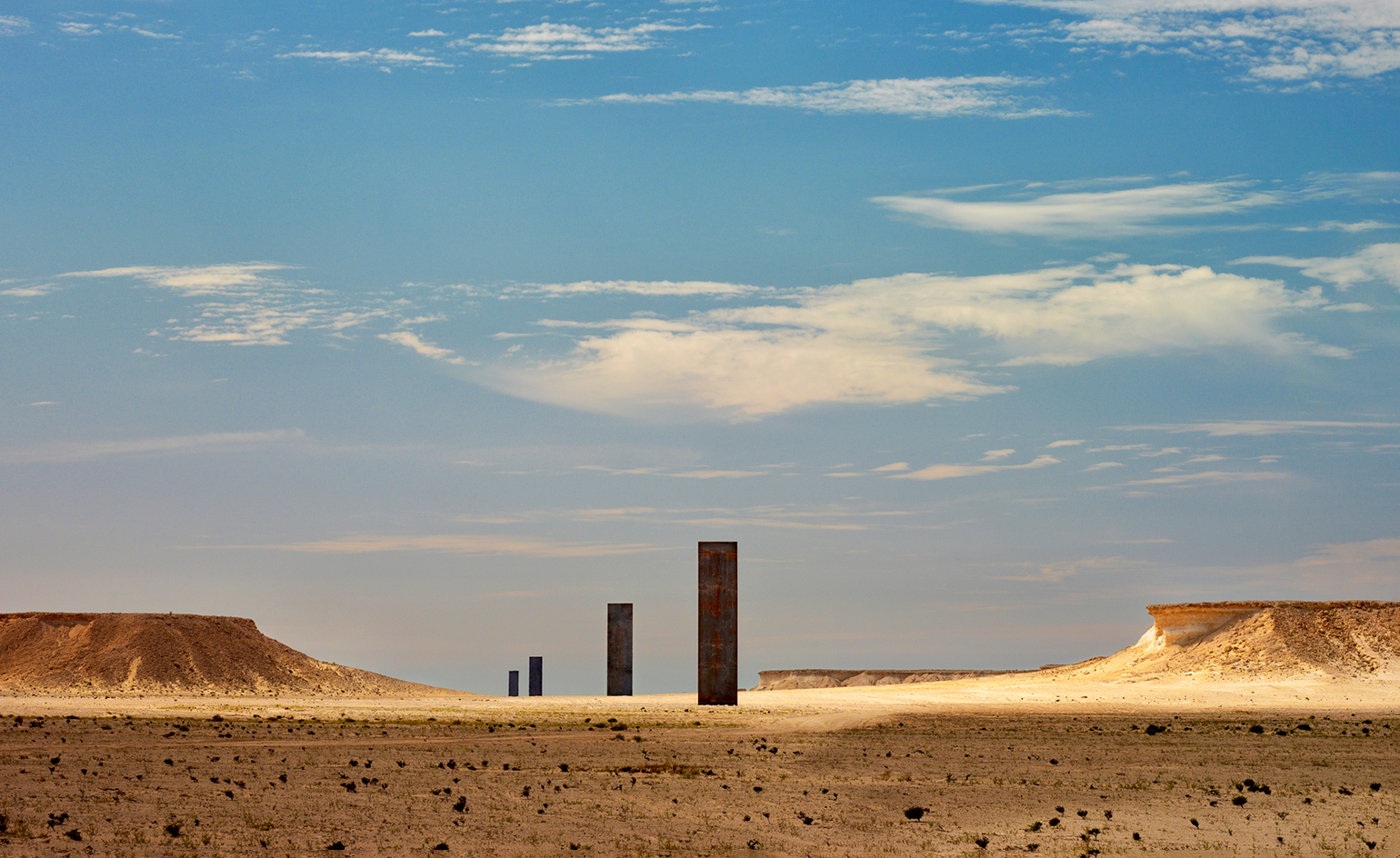 Three days in Doha: art, sport, desert, heat
Three days in Doha: art, sport, desert, heatIn our three-day Doha diary, we record the fruits of Qatar’s cultural transformation, which involved Jeff Koons, a glass palace of books, and a desert sunset on Richard Serra
-
 Hong Kong’s M+ Museum to open with six thematic shows
Hong Kong’s M+ Museum to open with six thematic showsAsia’s first global museum of contemporary visual culture will open on 12 November in Hong Kong’s West Kowloon Cultural District, with six themed shows spanning art, design and architecture